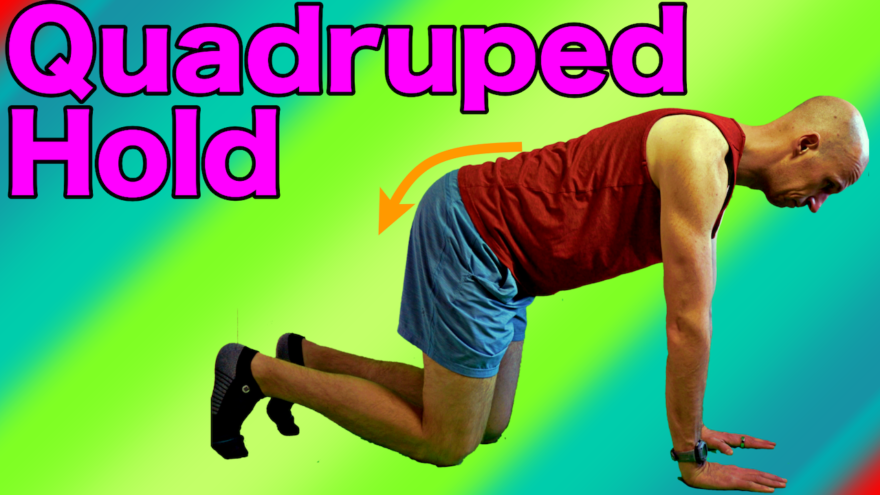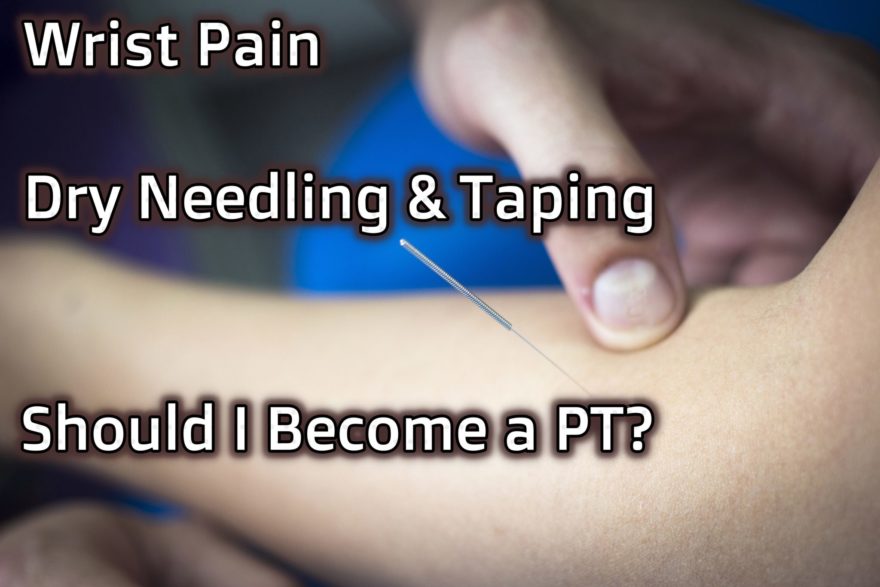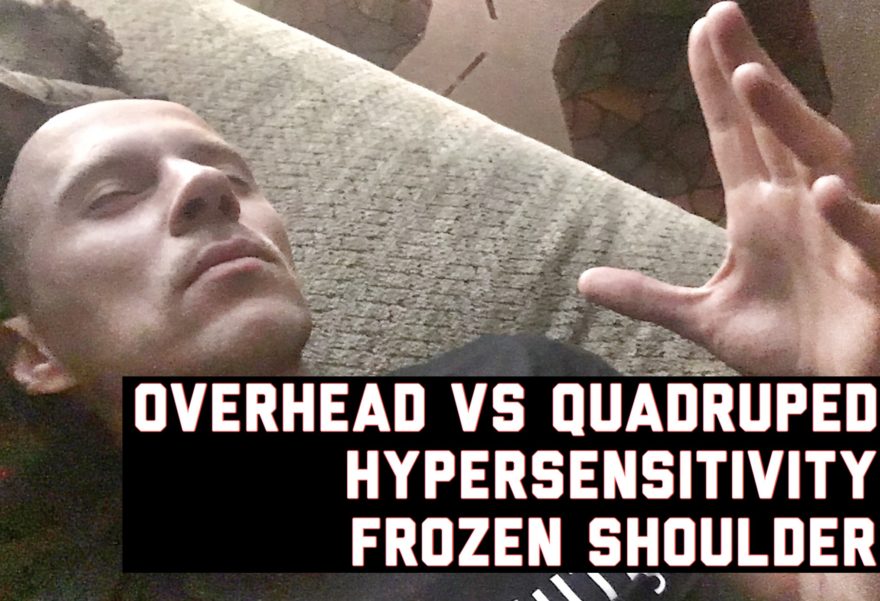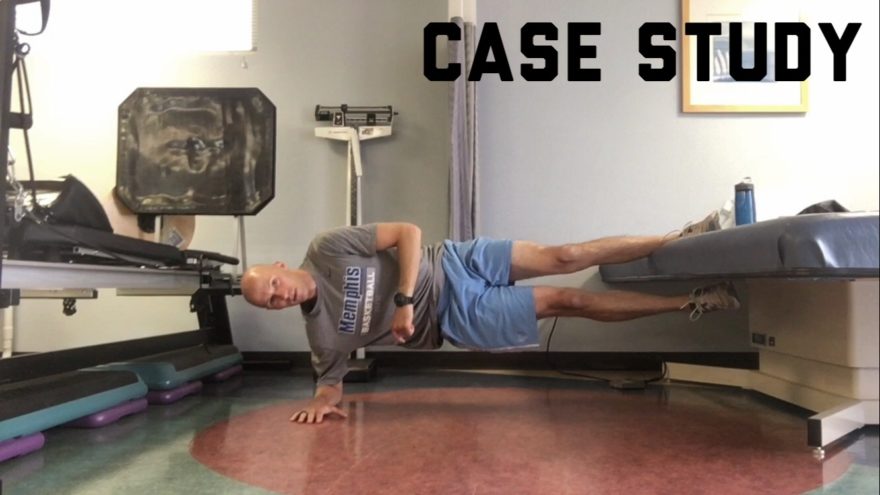Tag: quadruped

Quadruped Hold
An important drill that will improve your pushups You ever try a pushup and it just…looks…AWFUL? I’m talking head dipping…

Wrist Pain, Dry Needling & Taping, and Should I Become a PT? – Movement Debrief Episode 90
Movement Debrief Episode 90 is in the books. Below is a copy of the video for your viewing pleasure, and…

Overhead vs Quadruped, Hypersensitivity, and Frozen Shoulder – Movement Debrief Episode 35
Movement Debrief Episode 35 is in the books. Here is a copy of the video and audio for your listening…

How to Treat Pain with Sitting – A Case Study
Case studies are much more valuable than many give credit for. It is this type of study that can often…
Course Notes: DNS C
It was a Long Week After an incredibly long 5 days, I finally got the chance to assimilate what I…
